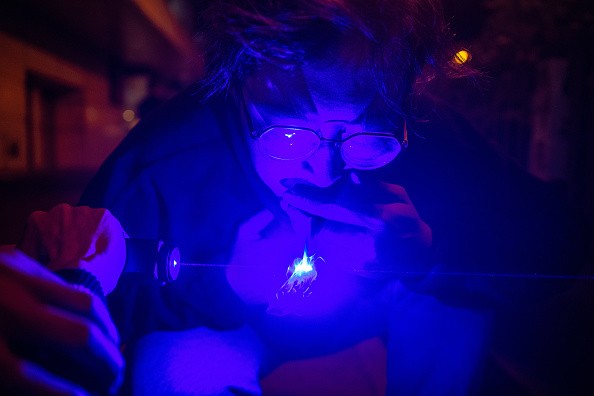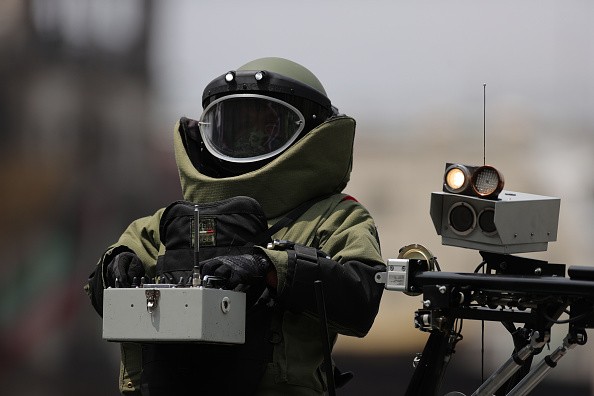U.S. Army and researchers at New York University achieved a new high-powered laser weapon breakthrough. Lasers and other laser technologies, such as spotters, and rangefinders, are already used in many applications, including Navy ships, fighter jets, hypersonic missiles, drones, and armored combat vehicles.

The Pentagon and military services are currently developing newer, more-mobile, and stronger laser weapons. They are conducting tests to improve laser scaling, weight, size, and power. These allow them to engineer lasers that can be used in fighter jets and even destroy enemy intercontinental ballistic missiles (ICBMs) in space.
Engineering 3D photonic crystal lattice is now possible
NYU researchers and army developers achieved a technical breakthrough, allowing them to create longer-range, stronger, and more durable laser weapons. The breakthrough focuses on complex scientific advancement with photons and optics in the molecular and most elemental stages.

The scientists can now engineer a 3D photonic crystal lattice structure, which can contain and streamline the application of laser light more efficiently.
"If you take specific lasing technologies and put them inside of a photonic crystal there is no way for unwanted light to escape from the photonic crystal so the laser does not emit unwanted wavelengths to escape," said Dr. Evan Runnerstrom, the program manager at U.S. Army Research Office.
U.S. Army and NYU researchers' concept
The scientists' concept is to create a symmetrical structure capable of managing light energy and prevent a small amount of it from leaking out of the main beam, using small particles.
Runnerstrom said that it is the first time they can use small particles' "self-assembly" to make a 3D diamond lattice, the first material formed before creating a 3D photonic crystal.
"3D photonic crystals can be tuned to control light in specific ways. Photonic crystals design materials that interact with light," he added.
The program manager also explained that if they can properly design photonic crystals, the materials will allow them to localize light according to the ways they want and control the energy with sufficient precision.
For more news updates about other high-tech weapons, always keep your tabs open here at TechTimes.
This article is owned by TechTimes,
Written by: Giuliano de Leon.
ⓒ 2026 TECHTIMES.com All rights reserved. Do not reproduce without permission.




